Crate training puppies
Are you wondering if crate training your puppy is a must? Many new pet owners ask if it’s important or not. Let’s look into why crate training is key for dog owners and its benefits for you and your pet.
Crate training is key for a well-behaved dog. It gives your puppy a safe space and helps with housebreaking. The time it takes depends on your puppy’s age, personality, and past experiences. Done right, crate training makes your puppy feel safe and should never be a punishment1.
Choosing a crate is important. Wire crates are popular because they grow with your puppy and are easy to store. They need blankets or towels for a cozy feel. Plastic kennels are snug but can’t change size and are hard to move2.
Comfort matters in crate training. Having two or three soft beds in the crate means your puppy always has a clean spot to sleep. Make sure there’s a way for your puppy to drink water, like a small hanging pail or a secure water bowl1.
Key Takeaways
- Crate training is essential for puppies’ safety and development
- The process duration varies based on individual puppy factors
- Various crate types are available, each with pros and cons
- Comfort and positive associations are crucial for successful training
- Gradual introduction and patience are key to crate training success
Understanding the Importance of Crate Training
Crate training is a great way to help puppies behave well. We’ll look at why it’s so important for your puppy’s growth.
Benefits of crate training for puppies
Crate training has many benefits for puppies. It’s fast and stress-free, helping dogs learn good habits3. Vets, trainers, and breeders all say to start crate training early4.
Crates keep puppies safe when you’re not watching. They help with potty training and stop bad habits4. They also make traveling with your dog easier4.
Creating a safe space for your puppy
A crate is like a cozy den for your puppy. It meets their need for a safe spot3. Puppies can go there when they’re tired, stressed, or sick3.
This safe place helps puppies feel secure in new places, especially if they’re adopted4.
Dispelling myths about crate training
Some think crate training is mean. But done right, it’s good for puppies3. You can give them food or treats in the crate to make it a happy place4.
Remember, dogs like being with their people and should stay indoors a lot3.
| Crate Training Benefits | Impact on Puppies |
|---|---|
| Housebreaking Aid | Faster, more effective training |
| Safe Space | Reduces anxiety and stress |
| Travel Ease | Safer transportation |
| Behavior Shaping | Promotes desirable habits |
Selecting the Right Crate for Your Puppy
Finding the right puppy crate is key for crate training. We’ll help you pick from different crates, sizes, and important features.
Types of Crates Available
There are many puppy crate types. Wire crates are great for air flow and seeing your puppy. Plastic crates give a cozy feel and are good for trips. Fabric crates are easy to carry, and wooden crates match your home.
Sizing Considerations for Growing Puppies
Choosing the right size crate is vital. It should let your puppy stand, turn, and lie down easily. For small puppies, an 18″ x 12″ x 14″ crate works well for dogs up to 6 pounds5. Big dogs like Labradors need a 42″ x 28″ x 30″ crate for up to 90 pounds5.
Features to Look for in a Quality Crate
Focus on durable and safe crates. Choose ones with strong wire sides for watching your dog and stopping bad habits6. Crates with many doors are easy to get into and can go anywhere6. Pick crates made from safe materials like the Diggs Revol Dog Crate’s diamond-mesh frame6.
| Crate Size (L x W x H) | Dog Weight | Dog Length | Dog Height | Breeds |
|---|---|---|---|---|
| 24″ x 18″ x 20″ | 13–25 pounds | Up to 18 inches | Up to 14 inches | Shih Tzu, Bichon Frise, Havanese |
| 30″ x 20″ x 23″ | 26–40 pounds | Up to 24 inches | Up to 18 inches | Beagle, French Bulldog, Boston Terrier, Corgi |
| 36″ x 24″ x 26″ | 41–70 pounds | Up to 30 inches | Up to 20 inches | English Bulldog, Bull Terrier, Australian Cattle Dog, Pit Bull Terrier |
For easy clean-up and moving, go for metal or plastic crates with wheels6. Make crate time fun with tough chew and puzzle toys6. Think about these things to find the best crate for your puppy.
Preparing the Crate for Your Puppy
Getting your puppy used to the crate needs careful steps. We’ll look at key tips for crate training puppies. This will make the move easier for them.
First, pick the right crate for your puppy. You can choose from hard plastic, metal, soft, or collapsible crates. Think about your puppy’s size, personality, and your life when picking7.
The crate should be big enough for your puppy to stand, turn, and lie down easily. For puppies that will grow, get a crate with adjustable dividers. This way, you can change the space as they get bigger87.
Put the crate in a spot where your puppy feels like they’re part of the family. This makes the crate a good place for them. Add soft blankets or a dog bed to make it comfy. But, some puppies like harder surfaces better.
Make sure the crate is safe. Remove any dangers and make sure the corners are rounded. Let your puppy check out the crate by keeping the door open at first. Put toys or treats inside to make them like it7.
“A well-prepared crate is a puppy’s safe haven, not a prison.”
Crate training takes time. It can take days or weeks, based on your puppy’s age and personality. Never push your puppy into the crate. Let them go in at their own speed87.
| Crate Preparation Checklist | Purpose |
|---|---|
| Choose appropriate size | Ensure comfort and safety |
| Add soft bedding | Create a cozy environment |
| Place in family area | Foster sense of inclusion |
| Include toys/treats | Encourage positive associations |
| Keep door open initially | Allow free exploration |
By using these tips for introducing your puppy to the crate, you’re setting up for success. Remember, be patient and use positive rewards during this time.
Introducing Your Puppy to the Crate
Puppy crate introduction is key to crate training. We’ll show you how to make it positive with treats and toys. We’ll also talk about how to introduce it step by step.
Creating Positive Associations
Make the crate a happy spot for your puppy. Start by putting treats near the crate, then inside the door, and then all the way in. This makes the crate a place of good things9. Crate training can take time, based on your puppy’s age, personality, and past experiences109.
Using Treats and Toys to Entice
Treats are great for crate training. When your puppy sees the crate for the first time, use treats to get them to go in11. If your puppy doesn’t like treats, try using their favorite toys instead. Put two to three toys in the crate and change them every few days to keep it fun11.
Gradual Introduction Techniques
Be patient when introducing your puppy to the crate. Start with short times in the crate and slowly add more time11. Don’t force your puppy into the crate. Instead, make them want to go in by rewarding them for getting closer. This can take a few minutes or days, depending on your puppy10.
“A crate is not a magical solution. If not used correctly, a dog can feel trapped and frustrated.”
Puppies under six months shouldn’t be in a crate for more than three to four hours119. With good crate training, you can start leaving your puppy crated for 30 minutes and then increase the time10. The aim is to make a safe, cozy space your puppy likes to go to.
Crate Training Puppies: Step-by-Step Process
Crate training puppies is a great way to give your pet a safe space. We’ll show you how to make it a good experience for you and your pet.
Establishing a Routine
Make crate time a regular part of your puppy’s day. Dogs like being in enclosed spaces12. Pick a quiet spot in your home for the crate13. It should be where your family hangs out, but not too loud.
Increasing Crate Time Gradually
Begin with crate time of about 10 minutes12. Then, slowly add more time as your puppy gets used to it. Use a divider in the crate to make room as your puppy grows13. This helps prevent accidents and helps with potty training.
Addressing Whining and Anxiety
Make the crate a comfy spot with soft bedding and fun toys13. If your puppy whines, wait for a quiet time before opening the crate. Never use the crate as a punishment. Training should go on for at least six months for best results12.
| Crate Training Step | Duration | Tips |
|---|---|---|
| Initial Introduction | 10 minutes | Leave door open, use treats |
| Short Closed-Door Sessions | 15-30 minutes | Stay nearby, provide toys |
| Longer Sessions | 1-2 hours | Gradually increase time, ensure breaks |
| Overnight Crating | 6-8 hours | Place crate near bedroom, allow potty breaks |
Remember, be patient with crate training puppies. With steady effort and positive rewards, your puppy will see their crate as a cozy place.
Feeding and Crate Training
Adding meals to your puppy’s crate routine is a great idea. It helps your puppy like the crate more. We’ll show you how to make mealtime work well with crate training.
Begin by putting your puppy’s food bowl near the crate. Move it a little closer to the crate each day. This makes your puppy get used to the crate slowly.
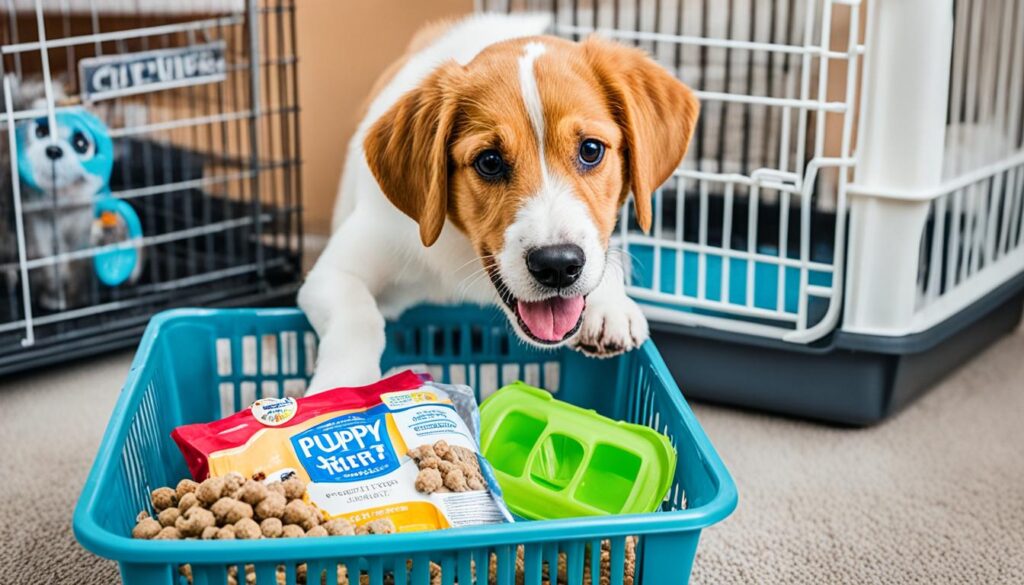
When your puppy is okay with eating near the crate, move the bowl inside. Then, start closing the door while they eat. Open it right after they’re done. Slowly, keep the door closed for longer times after meals.
Remember, how long your puppy can be in the crate depends on their age. For puppies 12 to 16 weeks old, crate them for two hours during the day and six at night14. As they get older, you can crate them for longer.
This way of feeding is great for puppies with separation anxiety. It makes the crate a happy place for them15. By linking the crate to fun times like eating, we’re making crate time stress-free.
| Age | Daytime Crating | Nighttime Crating |
|---|---|---|
| 12-16 weeks | 2 hours | 6 hours |
| 4-5 months | 3 hours | 8 hours |
| 6-7 months | 4 hours | 8 hours |
| 8-11 months | 6 hours | 8 hours |
| Over 12 months | 8 hours | 10 hours |
By using these crate training tips, you’re teaching your puppy more than just to eat in their crate. You’re making the crate a safe and cozy place for them. This is key for their happiness and good behavior.
Nighttime Crate Training Strategies
Crate training puppies at night takes patience and consistency. We’ll look at ways to help your puppy get used to sleeping in a crate at night. This will make sure you both get a good night’s sleep.
Setting up the crate for nighttime use
Put the crate in or near your bedroom at first. This lets you hear if your puppy needs to go outside and makes them feel safe. Make the crate comfy with soft bedding and a toy. Start a bedtime routine, like a last potty break before putting them in the crate16.
Handling nighttime bathroom breaks
Young puppies might need to go outside at night. Most puppies that are 16 weeks old can stay in a crate for 6-8 hours17. When you take them out, make it quick and to the point. Don’t play or chat too long to keep the day and night clear16.
Transitioning to full nights in the crate
Slowly increase the time between breaks as your puppy gets older. Keep a regular crate schedule, feeding times, and limit water before bed to cut down on nighttime bathroom trips1617. Regular play and brain games during the day can help your puppy accept the crate at night16.
| Age | Nighttime Crating Duration | Daytime Crating Limit |
|---|---|---|
| 8-16 weeks | 4-6 hours | 1-2 hours |
| 16+ weeks | 6-8 hours | 2 hours |
| Adult dogs | 8+ hours | 4 hours |
Being consistent is important in crate training puppies. With patience and a good crate schedule, your puppy will learn to sleep well in their crate soon.
Avoiding Common Crate Training Mistakes
Starting crate training early is key. Don’t wait until your dog is older. Begin when they are young and more open to new things18.
It’s important to pick the right crate size. Your puppy should be able to stand up, turn around, and lie down easily in it18. This makes them feel safe and stops them from messing in one spot and sleeping in another.
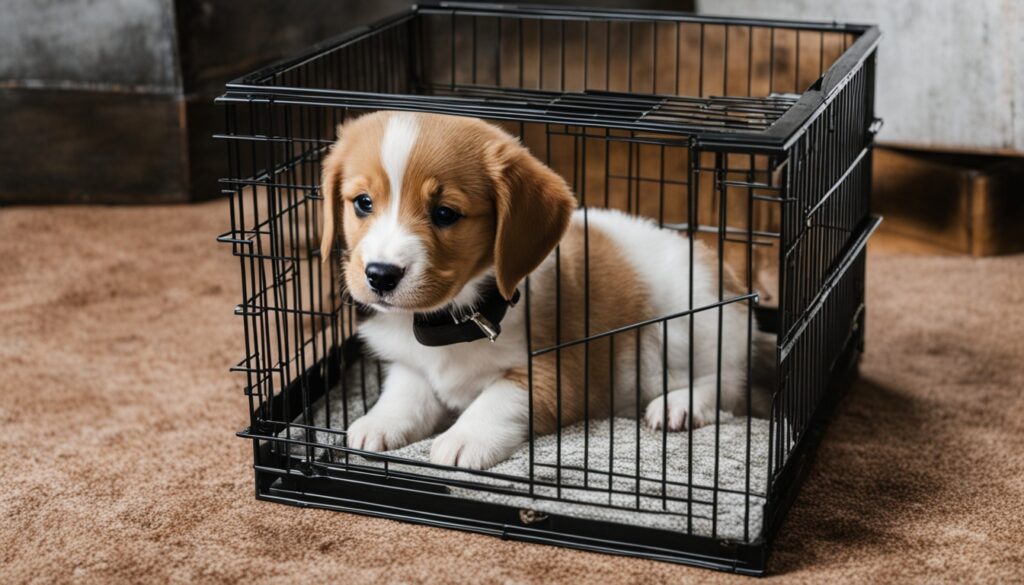
Don’t use the crate as a punishment. It can make your puppy feel bad about it. Instead, make it a cozy place with soft blankets and toys19. But take these things out when your puppy is alone to keep them safe18.
Don’t keep your puppy in the crate for too long. Adult dogs can handle 8 hours, but puppies need breaks more often19. A good idea is to let them go every hour for each month they are old18.
Don’t let your puppy’s whining make you open the crate right away. Wait for a calm moment before letting them out. This stops them from doing it on purpose19. But if they start digging, drooling, or screaming, open the crate fast to stop them from getting scared of it18.
Being consistent is important in crate training. Set a routine for going outside, playing, and training18. This helps your puppy know what to do and makes crate training easier and better.
Long-term Crate Use and Graduating from the Crate
As puppies grow, we must change how we use crates. Most dogs can be left alone at home around two years old. But this depends on the breed and how they act20. Big dogs might need crates longer because they grow up later and might cause more damage20.
When moving away from the crate, do it step by step. Begin by leaving your puppy out for short times when you’re home, then increase the time. This helps them get used to not being in a crate. Remember, small dogs might need to stay in a crate longer to learn to go potty20.
Even after moving past regular crate use, keep the crate out. Many dogs like to use their crates as a safe place to relax20. But, staying in a crate too long can cause bad behavior and health issues. We must find a balance between safety and letting dogs socialize and exercise21. By using crate training right and giving more freedom, we help our puppies become happy adult dogs.
FAQ
What are the benefits of crate training for puppies?
How do I select the right crate for my puppy?
How do I prepare the crate for my puppy?
How do I introduce my puppy to the crate?
How do I establish a routine for crate training?
How can I incorporate feeding into crate training?
What are some tips for nighttime crate training?
What are some common mistakes to avoid in crate training?
When can I stop using the crate for my puppy?
Source Links
- https://www.dogsnaturallymagazine.com/crate-training-a-puppy/ – How To Successfully Crate Train Your Puppy
- https://www.playtimepaws.com/crate-training-how-why/ – YNP #005: Crate Training: How (and Why) to Make Their Crate Your Dog’s Best Friend – Playtime Paws
- https://www.paws.org/resources/the-benefits-of-crate-training/ – The Benefits of Crate Training – PAWSPAWS
- https://www.akc.org/expert-advice/training/why-crate-training-is-great-for-your-dog/ – No title found
- https://www.petmd.com/dog/general-health/crate-sizing-for-dogs – How To Choose the Right Crate Size for Your Dog or Puppy
- https://www.akc.org/expert-advice/training/what-to-look-for-when-choosing-a-dog-crate/ – No title found
- https://www.petmd.com/dog/general-health/crate-training-puppies – How to Crate Train a Puppy
- https://www.humanesociety.org/resources/crate-training-101 – How to crate train your dog or puppy
- https://www.paws.org/resources/how-to-crate-train-your-dog/ – How To Crate Train Your Dog – PAWSPAWS
- https://www.animalhumanesociety.org/resource/crate-training-your-dog-or-puppy – Crate training your dog or puppy
- https://www.thesprucepets.com/get-a-puppy-used-to-a-crate-1118506 – How Should You Introduce a Puppy to a Crate?
- https://www.akc.org/expert-advice/training/how-to-crate-train-your-dog-in-9-easy-steps/ – No title found
- https://be.chewy.com/how-to-crate-train-a-puppy-a-step-by-step-guide-from-an-expert/ – How to Crate Train a Dog: A Step-by-Step Guide From an Expert
- https://www.care.com/c/a-crate-training-schedule-for-your-dog-the/ – A crate training schedule for your dog — the benefits and uses
- https://www.eukanuba.com/us/puppy/puppy-articles/how-to-crate-train-your-new-puppy – The Ultimate Guide to Crate Training Your Puppy 2024 | …
- https://www.fourpaws.com/pets-101/potty-time-and-training/crate-training-puppy-at-night – Crate Training Your Puppy at Night: Tips & Tricks | Four Paws
- https://suburban-k9.com/crate-train-puppy/ – How To Crate Train A Puppy At Night (No Fuss: 8 Easy Steps)
- https://www.howtotrainadreamdog.com/crate-training-mistakes/ – 11 Common Crate Training Mistakes and How to Avoid Them
- https://porchpotty.com/blogs/news/7-mistakes-to-avoid-during-crate-training – 7 Mistakes to Avoid During Crate Training
- https://spiritdogtraining.com/behavior/stop-crating-dog/ – When Can I Stop Crating My Dog?
- https://pop.inquirer.net/339784/crate-training-is-caging-beneficial-to-dogs-well-being-read-more-https-pop-inquirer-net-339784-crate-training-is-caging-dogs-beneficial-for-their-well-being – Crate Training: Is ‘caging’ beneficial to dogs’ well-being?


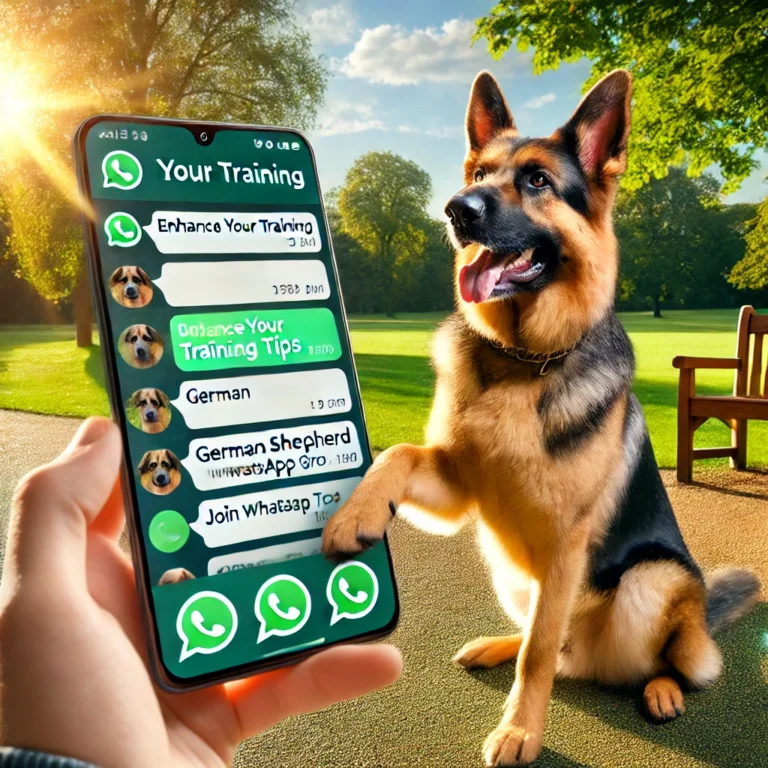
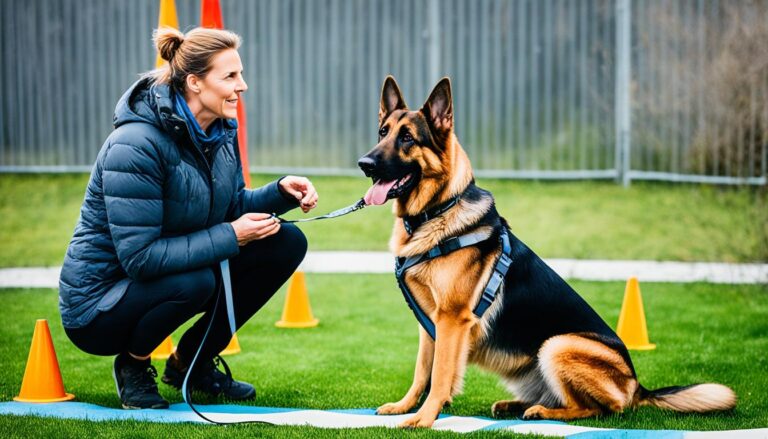
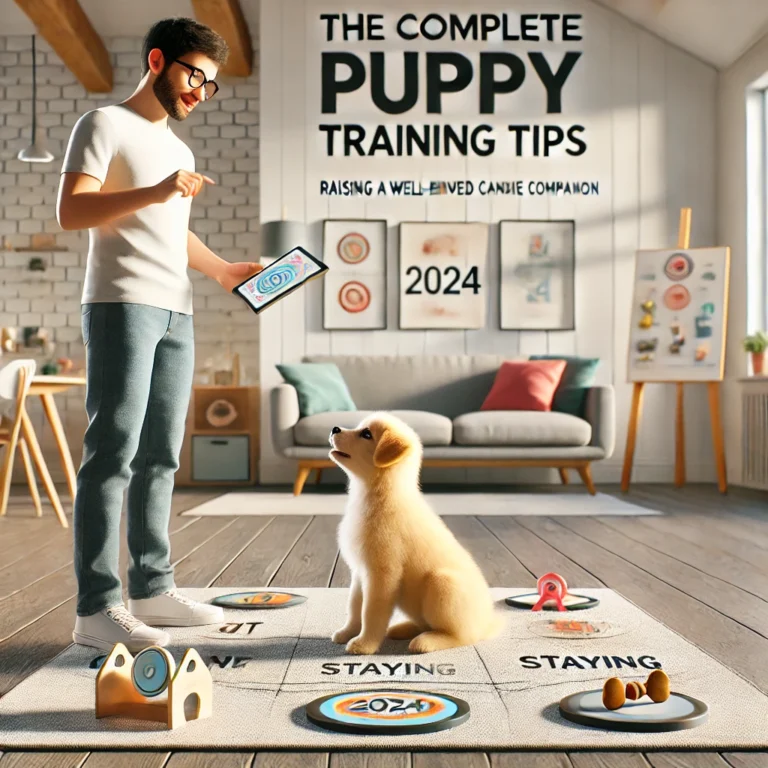
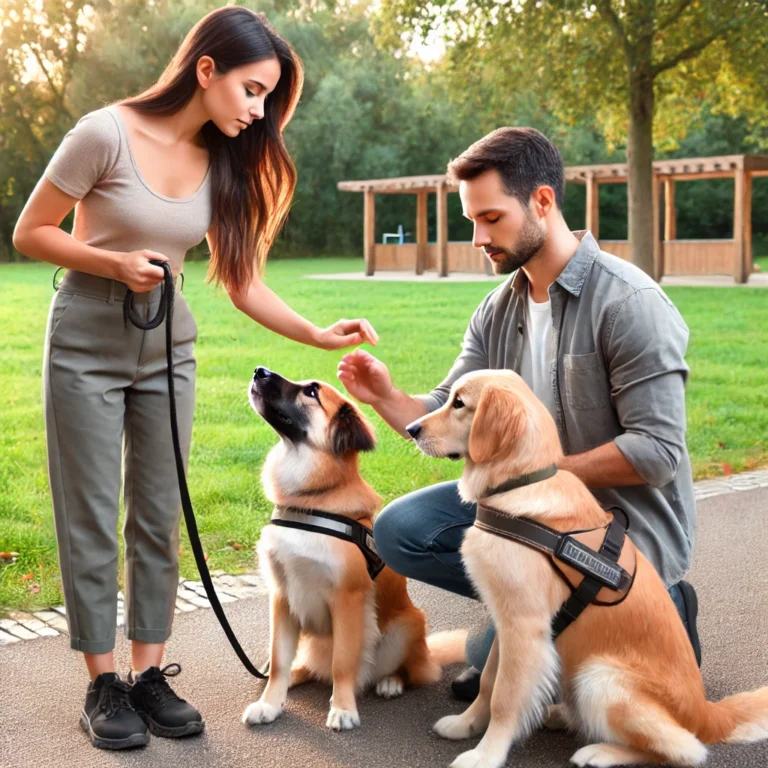
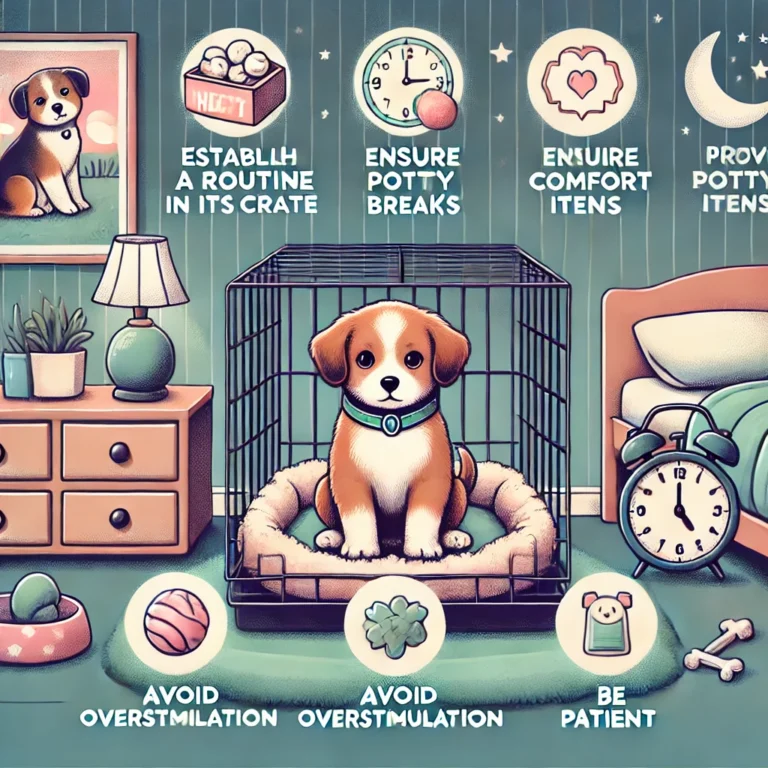
One Comment